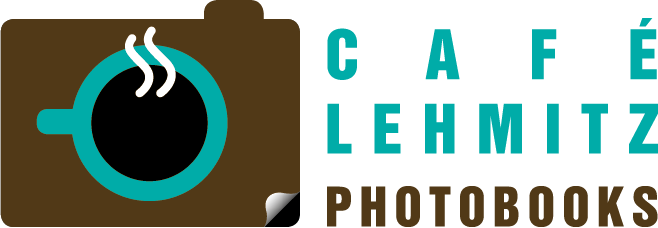About British photographer John DEAKIN (1912-1972)
John DEAKIN was born in New Ferry on the Wirral, Merseyside near Liverpool, UK. During the 1930s he started as a painter but switched to photography. While in Paris in 1939 he was introduced to the editor of French Vogue. After the War, he enjoyed two periods (1947/48 and 1951 to 1954) of employment as a staff photographer on their British edition, this 2nd period he was at his most active. From 1940 until 1945, he served in the British Army Film Unit as a photographer. In the 1950s he spent long periods in Rome and in Paris, specialising in street photography. In 1951, a book of his Rome photographs, 'Rome Alive', was published - his only publication during his lifetime. As his photographic career waned, he devoted his time to painting in the 1960s, questioning the validity and status of photography as an art form. In 1972 John DEAKIN died while recuperating from a lung cancer operation of a heart attack.
Photo books by as well with works by John DEAKIN
- 'Rome Alive' (1951); 'Photographs' (1996, 2008); 'A Maverick Eye: The Street Photography of John Deakin' (2002); 'London - Paris - Rom. Strassenfotografie' (2002);
Exhibitons
- 1956: 'Rome', David Archer's bookshop in Soho, London;
1984: 'The Salvage of a Photographer', Victoria & Albert Museum, London;
1996: 'John Deakin Photographs', National Portrait Gallery, London;
1999: 'Tattoo Portraits', Liverpool;
Further informations about the reception of the work of John DEAKIN
John DEAKIN is best known for his work centred on members of Francis Bacon's 'Soho inner circle'. Bacon based a number of famous paintings on photographs he commissioned from him. After his death, Bacon described him as 'the best portrait photographer since NADAR and Julia Margaret CAMERON'. Because of his little interest in curating and publicising his own work, many of his photographs were lost, destroyed or damaged over time. Since the 1980s his reputation has grown through monographs, exhibitions and catalogues.
In 1979, the art critic John Russell wrote that, with Deakin's passing, "There was lost a photographer who often rivalled Bacon in his ability to make a likeness in which truth came wrapped and unpackaged". A series of exhibitions revived the reputation of John DEAKIN after the obscurity of his final years.
Daniel Farson wrote of the portraits by John DEAKIN: "I am sure he will be seen as one of the most disturbing photographers of the century. The expressions of his victims look suitably appalled for Deakin had no time for such niceties as 'cheese' and the effect was magnified by huge contrasty blow-ups with every pore, blemish, and blood-shot eyeball exposed. In this way, he combined the instant horror of a passport photo with a shock value all his own."
Robin Muir has summed up the legacy of John DEAKIN: "His portraits still look starkly modern, half a century on. His street photographs are haunting documents too, a singular vision of three great cities. After two major retrospectives in London institutions, the Victoria & Albert Museum (1984) and the National Portrait Gallery (1996), and an entry in the Oxford Dictionary of National Biography, his place in the pantheon of twentieth century British photographers might be secured."
Bruce Bernard wrote, at the first retrospective of John DEAKIN, that he was proud "to have had a part in doing our dear, witty and wayward friend some of the justice he so strenuously denied himself."
John DEAKIN was the basis for the photographer Carl Castering in Colin Wilson's novel Ritual in the Dark. He was played by actor Karl Johnson in John Maybury's biographical film about Francis Bacon, 'Love Is the Devil: Study for a Portrait of Francis Bacon'.
In 2012, Bacon's '1963 Portrait of Henrietta Moraes', based on a photograph by John DEAKIN was sold for £21.3 million. His photo of Lucian Freud supplied one of the sources for Bacon's 1969 painting 'Three Studies of Lucian Freud' which was sold in 2013 for $142 million, making it one of the most expensive paintings ever sold. Freud and Bacon appeared as two of the 'Eight Portraits', an unpublished manuscript of photos and writings which was discovered after the death of John DEAKIN.

 Deutsch
Deutsch
 English
English